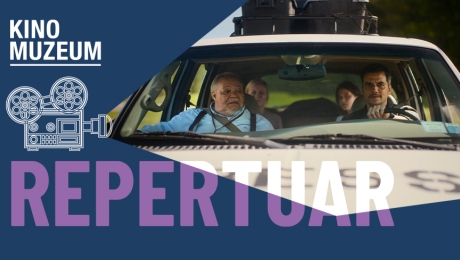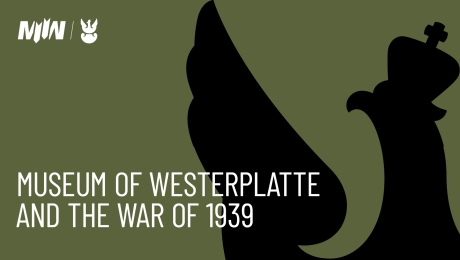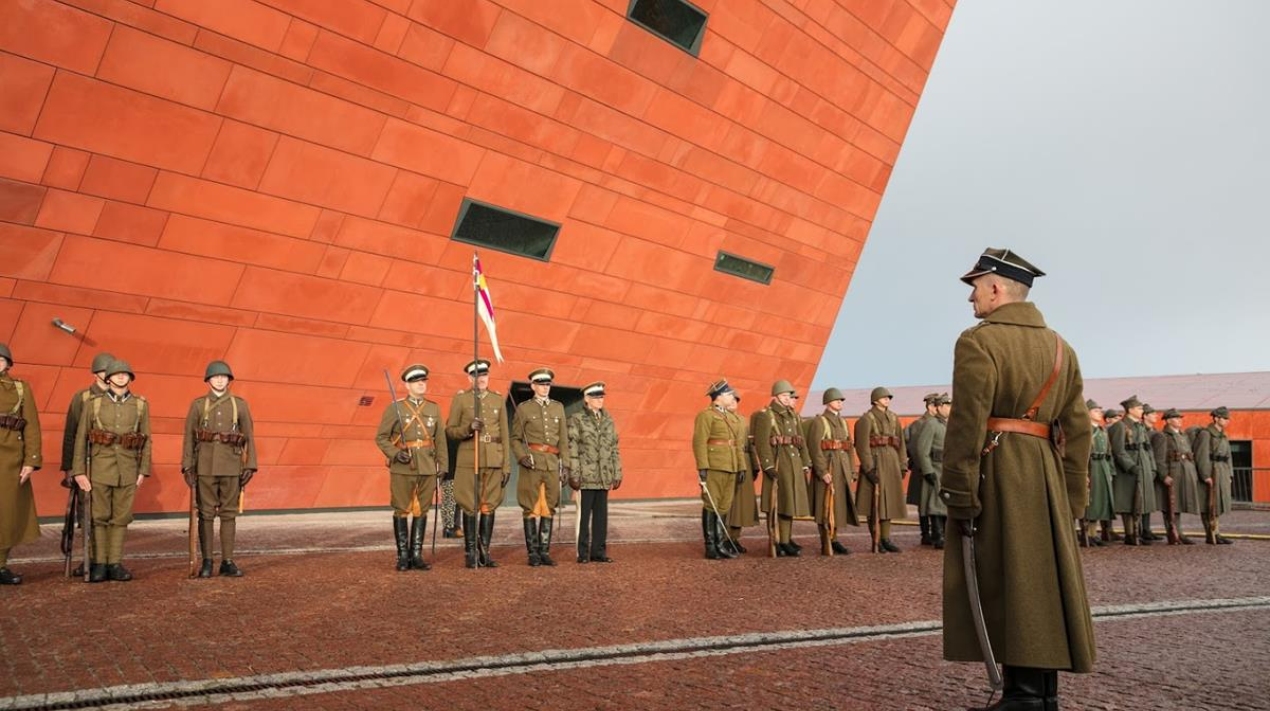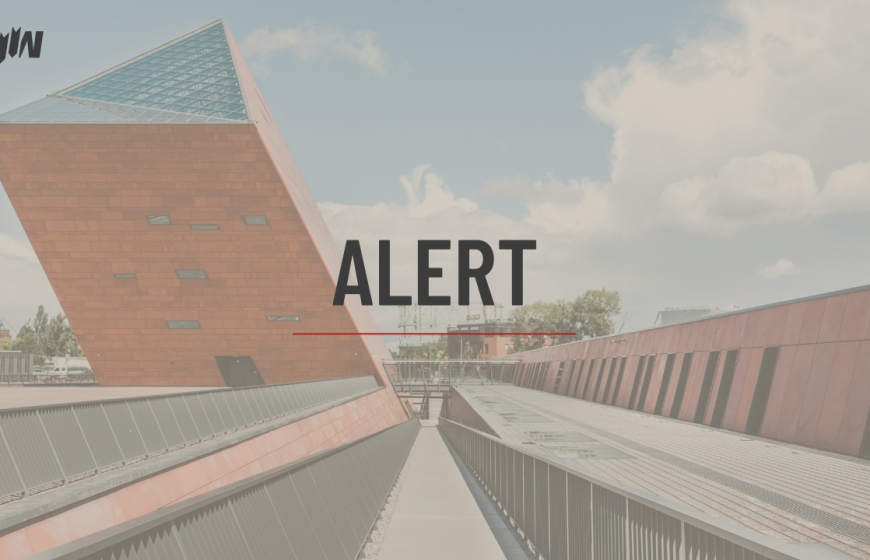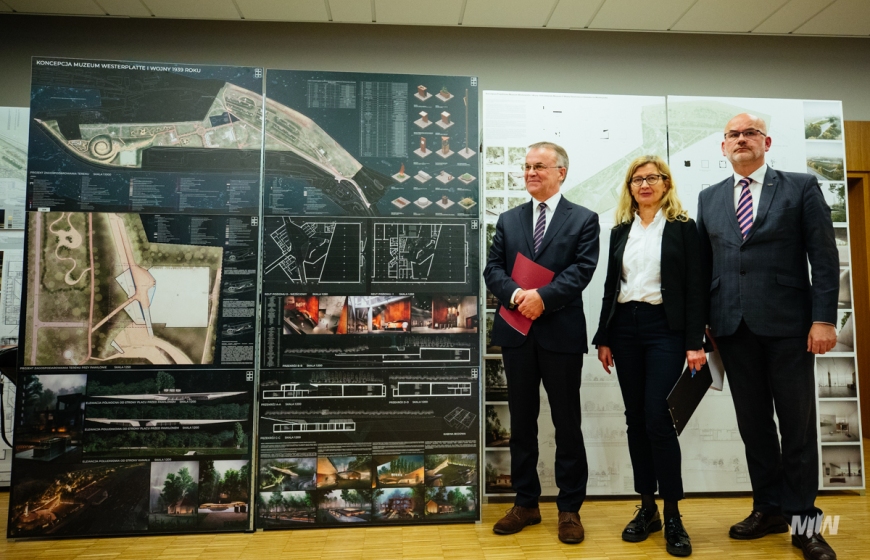Unforgettable reconstruction displays in front of the Museum
On 11 November 2017 in front of the Museum of the Second World War in Gdansk reconstruction groups put on displays that referred back to the traditions of the Polish Army in the interwar period, a cannon salvo, a parade of reconstruction groups and an honour salvo.
Director of the Museum of the Second World War, Dr. Karol Nawrocki, opened the event with the words:
"I am Polish, so I have Polish obligations," wrote one of the fathers of Polish independence, Roman Dmowski, who together with Józef Piłsudski, Ignacy Paderewski and Ignacy Daszyński became a symbol above ideologies and politics, of the agreement among Poles about the highest value, namely independence.The pursuit of freedom and independence for six successive generations of Poles brought together socialists and nationalists, and supporters of insurrections and positivist ideas, and finally Poles from all three partitions. And it is the same with today's holiday, November 11. We are all here, this holiday unites us, is very joyful, as we see - we are happy that we are here together.
In Polish tradition, in the beautiful tradition of history, the pursuit of freedom during occupation and partition, and celebrating this freedom constitutes a certain principle, a certain circumstance, as I said, a certain obligation.We all fulfill this obligation today, in fact, the Poles built the Second Republic thinking about future generations. Returning to Roman Dmowski, the nation is not only those who live in the country with us today, but also those who are outside of Poland. It is also those who came before us and those who will come after us, we live for them, we celebrate for them and we think about them.
On such a special day, in Pomerania, in Gdansk, it is impossible not to mention someone who is directly associated with the Polishness of Pomerania - General Józef Haller and the Blue Army. Let me just remind you that his adventure, if it is possible to call it that, with war began at the side of the Austro-Hungarian emperor, as a Legionnaire; later, when the Republic's interests demanded it, he broke through the front in the Battle of Rarańcza and stood against the Austro-Hungarian Empire. He fought against the Germans, he fought against all three occupiers, he fought for the Polishness of Silesia for the Second Polish Republic, he fought the Ukrainians so that the Polish eastern borderlands belonged to Poland, and finally, in 1920 he defended Poland against Bolshevism. Ladies and Gentlemen, through this symbolic figure who is important for Pomerania, we see how much hardship there was in regaining independence. But thanks to that, we feel even more obligated to enjoy our independent, democratic and free Poland. We are glad that you are here with us today. Long live Poland".
Muzeum II Wojny Światowej w Gdańsku pragnie podziękować wszystkim osobom i organizacjom zaangażowanym w przygotowanie pokazu grup rekonstrukcyjnych, m.in.
- Stowarzyszeniu Rekonstrukcji Historycznej FORT,
- Stowarzyszeniu Historycznemu "Garnizon Toruń",
- Fundacji Historii Polskiej Broni Pancernej,
- Stowarzyszeniu Historycznemu Morskiego Dywizjonu Lotniczego w Pucku,
- Stowarzyszeniu Rekonstrukcji Historycznej Bateria Motorowa Artylerii Przeciwlotniczej z Poznania,
- Stowarzyszeniu KOLEJ NA WESTERPLATTE,
- Klubowi Jazdy Konnej "JOKER",
- Stowarzyszeniu Grupa Rekonstrukcji Historycznej "3 Bastion Grolman",
- Stowarzyszeniu "Sosenka",
- Muzeum Polskiego Czynu Zbrojnego w Armiach Sprzymierzonych "Alliant",
- Stowarzyszeniu Historycznemu "Wielka Czerwona Jedynka",
- Fundacji Wojskowości Polskiej,
- Szwadronowi Kawalerii im 2. Pułku Szwolażerów Rokitniańskich,
- Firmie BTS Hunter,
- Męskiemu Towarzystwu Śpiewaczemu Gryf Trąbki Wielkie.









